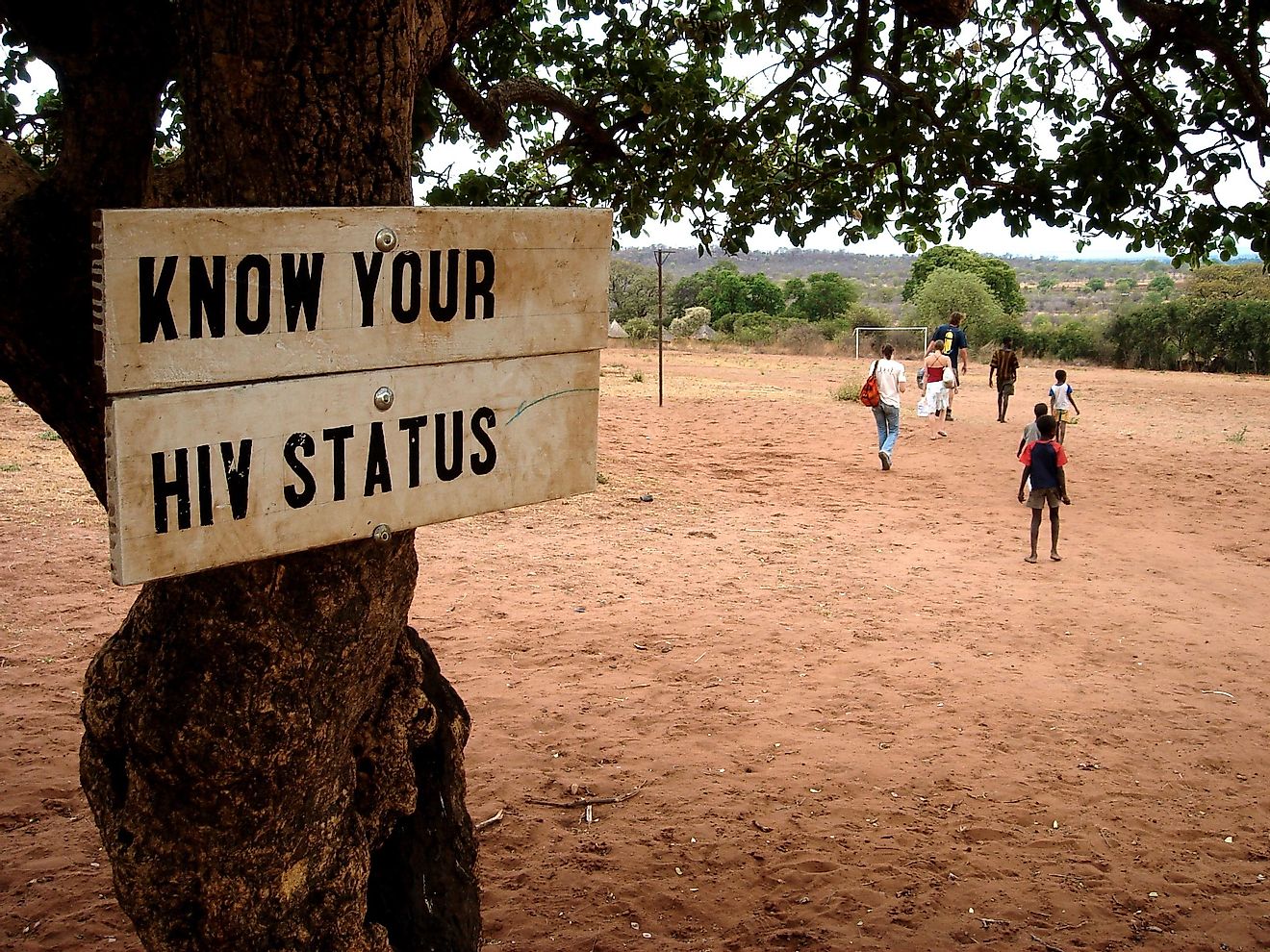10 Countries With The Shortest Life Expectancies

There are many contributors to low life expectancy, but the root of it all is poor health. The individuals or populations with low-life expectancies tend to be unhealthy and often afflicted by chronic diseases and malnutrition. For example, many people in Africa who have a low life expectancy do not have access to clean and sufficient food and drinking water, decreasing the chances of long-term survival.
Factors Responsible for Short Life Expectancies
About 45% of the general population in Sub-Saharan Africa has no access to clean water supplies. As there is no alternative source, a large section of the poor extract drinking water from waterways, streams and channels contaminated with human excreta and chemicals. A great many instances of diarrheal infections, cholera, typhoid, and hookworm infections affect the people of such African countries. Lack of access to proper health centers, trained doctors, and other medical facilities, results in higher rates of deaths in these countries. Many regions in Africa are infamous for the high rate of prevalence of AIDS among the population. In some areas, one out of each five adults is infected with HIV. 26.5% of the citizens of Swaziland between the ages of 19 to 49 are HIV infected. The low levels of awareness, unprotected sexual activities, high rates of prostitution, etc., are some of the factors responsible for such a high prevalence of sexually transmitted diseases in some African nations. Another cause of the low life expectancy problem is corrupt government officials. The funds are often not allocated properly to those in need, and the public health sector suffers miserably. A large part of the funds are directed to individual records for seeking personal political ambitions and other personal gains. This misuse of money results in a severe lack of funds required to build clinics, update healing facilities, and infrastructure, contribute to research and development, purchase restorative medications, etc. Famine also plays a key role in short life expectancy. According to Malthus, there is an enthusiastic unevenness in populace amplification rate against the amplification rate of food. While populace grows geometrically, food supply develops numerically. Unpredictable rainfall often triggers droughts which result in famines and loss of numerable lives. Although there is an allocation of funds as food aid, a greater part of it lands in the hands of grimy government officials who circulate it to their comrades or offer it in the black market at heightened prices. An absence of sustenance planning is by all accounts one of the central points adding to factors resulting in low life expectancy.
Hope For the Future
From the information provided above, it is evident that low life expectancy arises primarily due to poor maintenance of health. The body, just like a house, needs maintenance to work as efficiently as possible. If the house is not taken care of, it will amass dust and all sorts of filth. The same applies to the human body; for a long life, the body needs to be healthy, and that is only possible when the body gets proper nourishment. It is quite possible to ensure food security for all but only if the nations, their government, and their people co-operate to ensure food and health security for all.
10 Countries With The Shortest Life Expectancies
| Rank | Country | Life Expectancy at Birth |
|---|---|---|
| 1 | Swaziland | 49 years |
| 2 | Lesotho | 50 years |
| 3 | Sierra Leone | 51 years |
| 4 | Central African Republic | 51 years |
| 5 | Chad | 52 years |
| 6 | Ivory Coast | 52 years |
| 7 | Angola | 53 years |
| 8 | Nigeria | 53 years |
| 9 | Mozambique | 55 years |
| 10 | Guinea-Bissau | 55 years |







